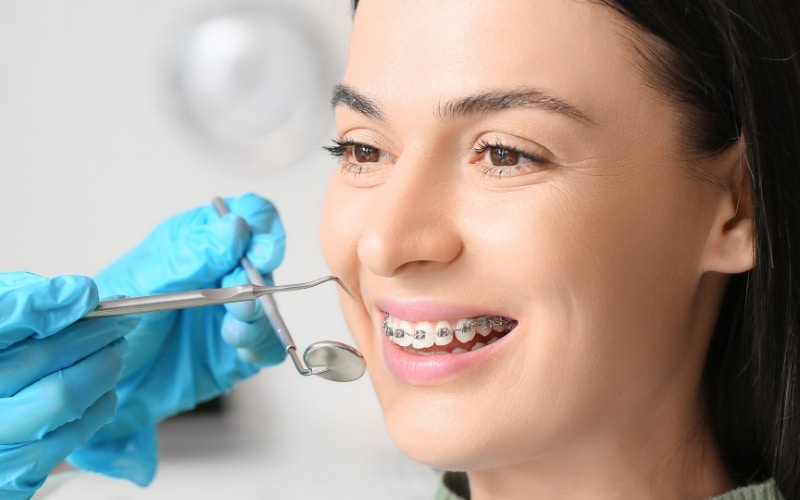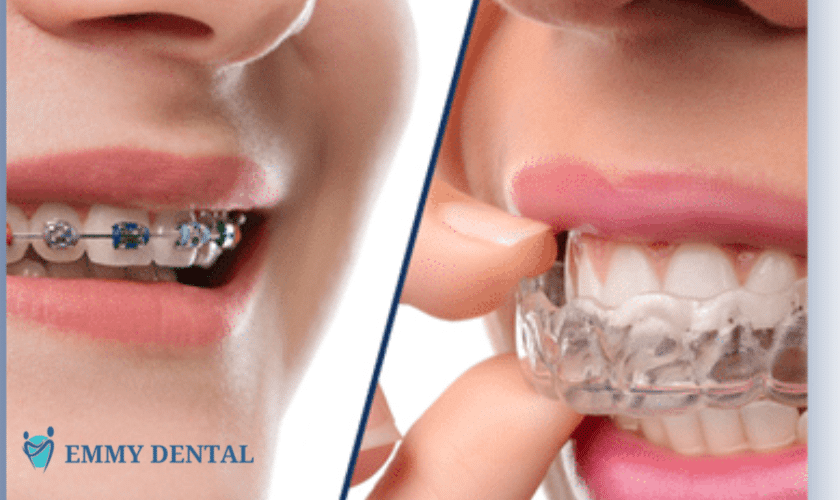
When is the Right Time to Start Orthodontic Treatment?
Orthodontic treatment is a very important step toward achieving a healthy, confident smile. However, when is the right time to start? Orthodontics is often associated with teenagers sporting braces. The reality is that it is never too early to monitor dental development. The timing of orthodontic treatment can make a significant difference in its effectiveness, cost, and complexity. This post will guide us through the ideal timing for orthodontic intervention, key things to consider at each stage of the process, and the significance of timely assessment in optimizing orthodontic results.
Why Timing Matters in Orthodontics
It is not a one-size-fits-all orthodontic treatment. The appropriate time to start the treatment depends on age, severity of the dental problem, and individual growth pattern. Early evaluation enables the orthodontist to identify possible problems and suggest preventive or interceptive treatments that could make further extensive work easier or even eliminate the need for more extensive work.
The American Association of Orthodontists recommends that children have their first orthodontic evaluation by age 7. Why 7? By this age, most children have a mix of baby and permanent teeth, making it easier to identify issues like overcrowding, jaw misalignment, and bite problems.
Key Ages for Orthodontic Treatment
1. Early Treatment (Ages 6-10)
For some children, orthodontic treatment begins early. This is called interceptive or Phase 1 treatment. It corrects major developmental problems that, if left alone, may worsen over time.
Some of the common problems treated at this stage include:
- Severe crowding
- Narrow arches
- Protruding teeth
- Early loss of baby teeth
For instance, research indicates that the correction of a crossbite or other growth problems in the jaw can be prevented if addressed early. The American Dental Association reports that almost 20% of children between 6 and 11 years old receive orthodontic treatment to correct such developmental problems.
2. Adolescent Treatment (Ages 11-14)
This is the most common age to start orthodontic treatment. At this age, most permanent teeth have erupted, and it is the best time to correct bite issues, close gaps, and align teeth. Adolescents also tend to respond well to treatment because their jaws are still growing, making adjustments more effective.
Traditional braces or clear aligners, such as Invisalign, are popular during this stage. Orthodontics has improved with time, making treatment more comfortable and efficient. The AAO states that about 75% of orthodontic patients fall into this age group.
3. Adult Treatment (Ages 18+)
It’s never too late for a more perfect smile. Currently, nearly 25% of orthodontic patients are adults. This can be attributed to options such as clear aligners and less obvious braces. As long as jaws have fully developed, treatment could be longer. Nevertheless, current orthodontics guarantee excellent results in adults.
Common objectives for orthodontic treatment among adults include the following:
- Aligning teeth to better oral health
- Preparation for restorative work, like crowns or implants
- Boosting self-esteem with a straighter smile
- Advantages of Beginning Orthodontic Treatment at the Right Age
Beginning orthodontic treatment at the right age provides numerous advantages:
Better Oral Health: Crooked teeth can cause issues such as tooth decay, gum disease, and jaw pain. Early treatment reduces these risks.
Increased Confidence: A straight, gorgeous smile gives confidence at any age.
For families in Cypress looking for orthodontics, early consultations can help plan a treatment timeline tailored to individual needs.
Timing makes everything during orthodontic treatment. At one end are the early consultations for children or younger patients with any orthodontic need, where some of them get to perfect a healthier straight smile. Adults come in requiring their orthodontics in Cypress to be explained so that each sets out onto the right pathway after consulting the right orthodontist.
Remember, the best time to start is when the problem is first identified. Don’t wait to prioritize your smile—schedule an orthodontic evaluation today!


